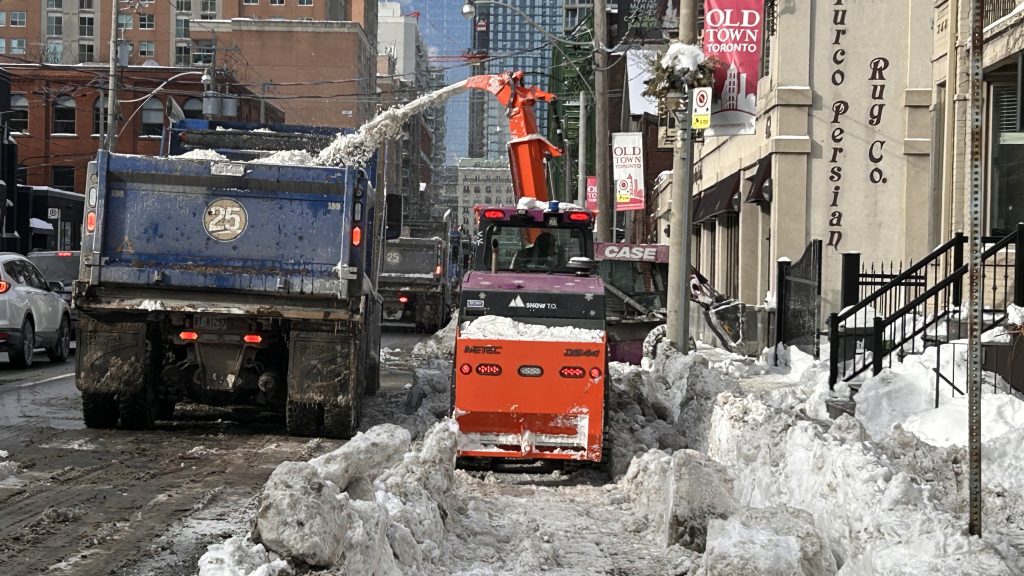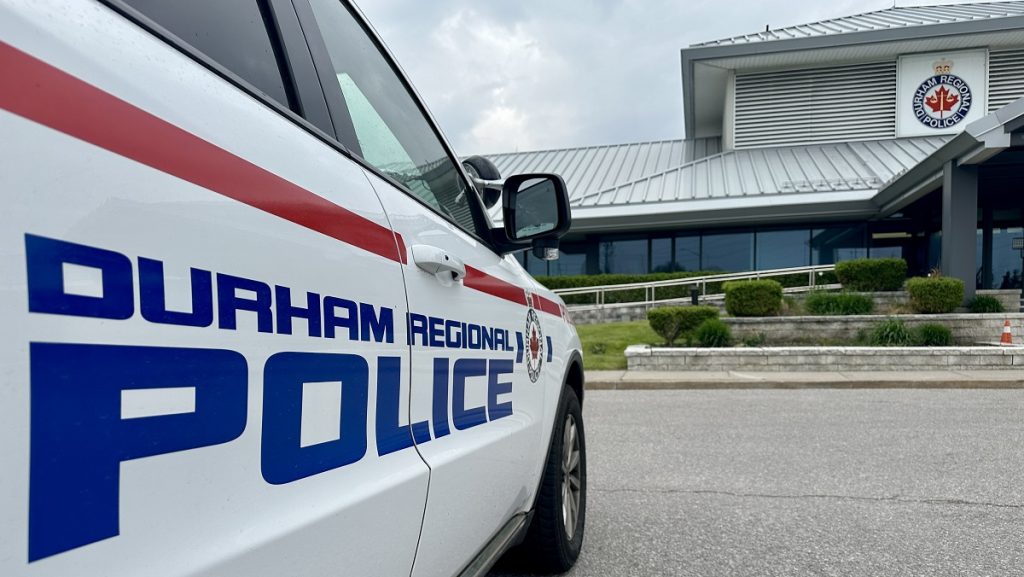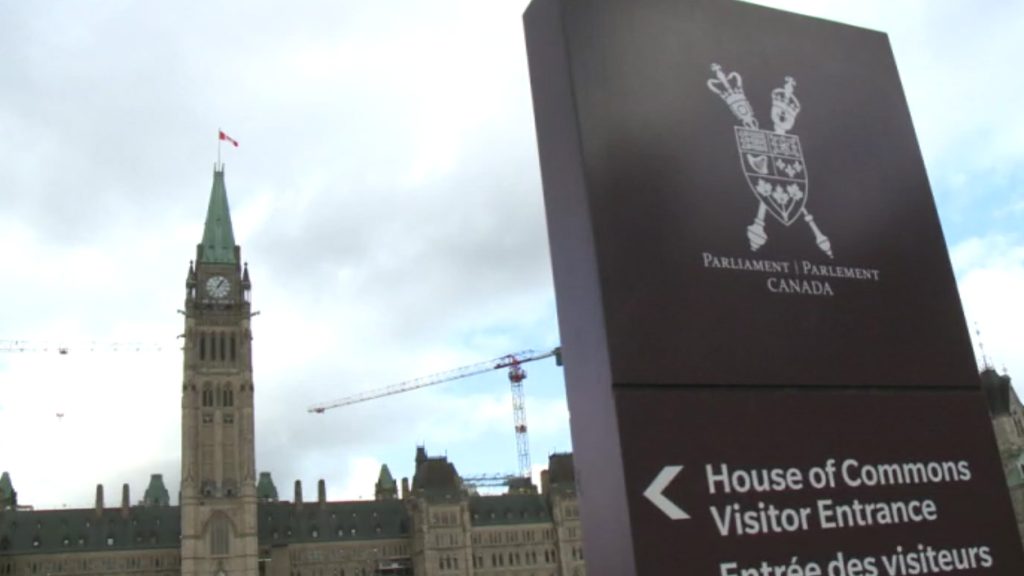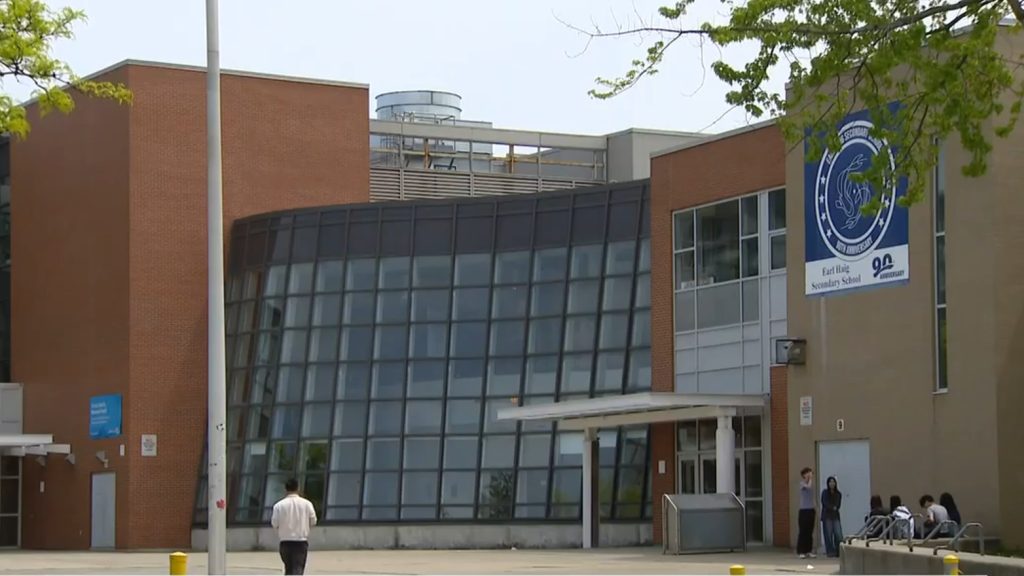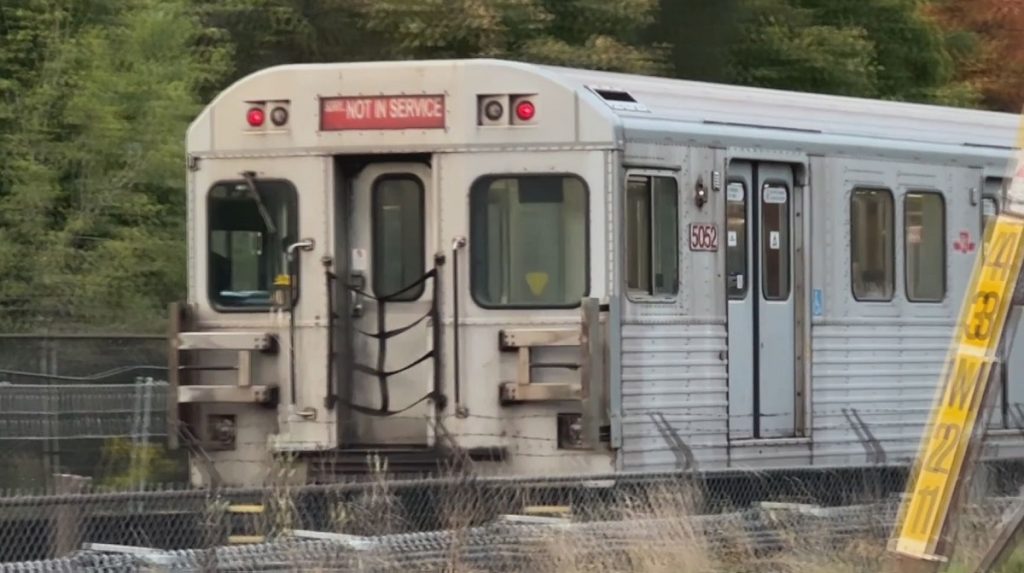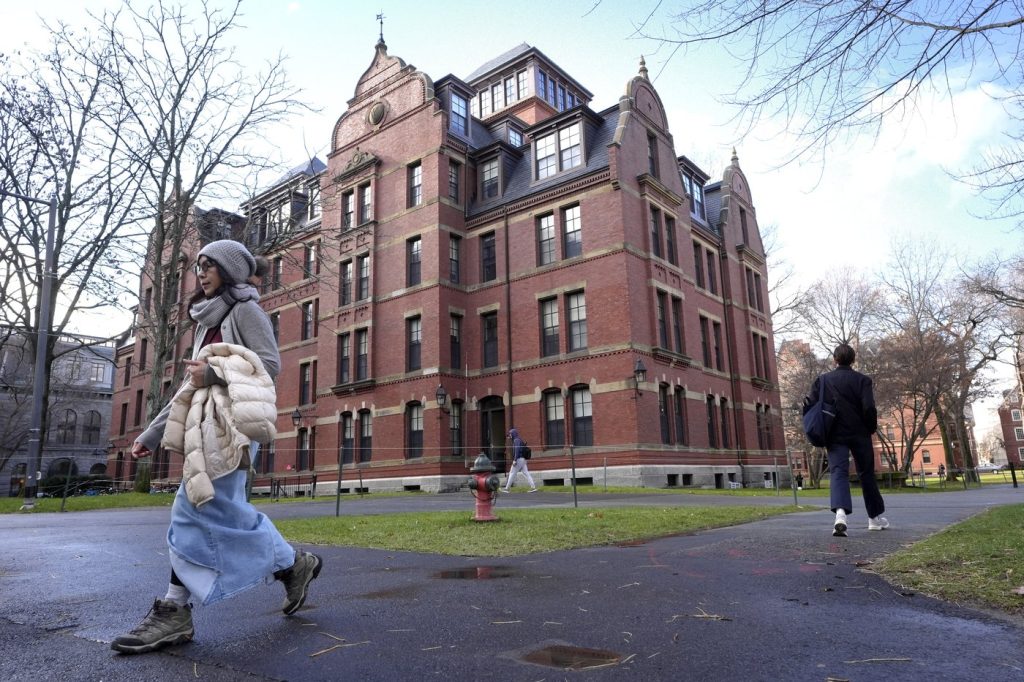Toronto's response to winter snow clearing has come under scrutiny, as recent assessments indicate that it does not meet the expected standards. In light of this, city officials are advocating for the establishment of a dedicated year-round winter operations unit. This recommendation is part of a broader effort to enhance the City’s winter maintenance operations during significant snowstorms.
A review was initiated following the extensive snowfalls experienced in February, where Torontonians were buried under over 50 centimeters of snow. It took the City a total of 18 days to clear snow across various neighborhoods, highlighting the need for a thorough examination of the existing snow removal processes.
City Manager Paul Johnson reported on an independent review that scrutinized the overall winter maintenance program. The findings revealed that Toronto consistently struggles to cope with major snowfall events, leading to several obstacles within the City's snow response strategy, snow storage capabilities, and overall snow removal efficiency.
Johnson pointed out, "The failure is our overall plan and structure. We simply can't remove the snow fast enough." He noted that while the response to minor snowfall events ranging from 10 to 15 centimeters has been satisfactory, the City regularly falls short during significant winter storms.
Currently, the City is tasked with clearing nearly 1,500 kilometers of sidewalks, managing approximately 30 percent of the snow removal operations. The remaining 70 percent is carried out by private contractor crews. Johnson proposed that establishing a dedicated winter operations unit would provide a more robust and structured approach to manage substantial snow events. This change would enable officials to treat heavy snowfall as the emergencies they are.
Moreover, he emphasized the need for a more effective contracting strategy for snow removal. Johnson also highlighted the importance of enhancing communication channels to disseminate information more efficiently to the public. As part of this communication strategy, he is recommending the removal of the temporary hold on 311 service calls during snowfalls, which would improve the City’s ability to address issues in real-time.
Importantly, Johnson clarified that the report underscores that the deficiencies in the snow removal process are not due to a lack of effort from either City staff or contractors. He stated, "It was not about laziness or lack of effort, but the reality is we continue to simply talk about the work that was occurring rather than the results we were achieving, and that needs to change as well."
The financial implications of implementing these recommendations for the City’s budget remain uncertain; however, a comprehensive update is expected later this fall. The proposals are slated for discussion at the Mayor’s Executive Committee meeting in the upcoming week, where further planning and potential adjustments to the City’s winter operations will be on the agenda.


